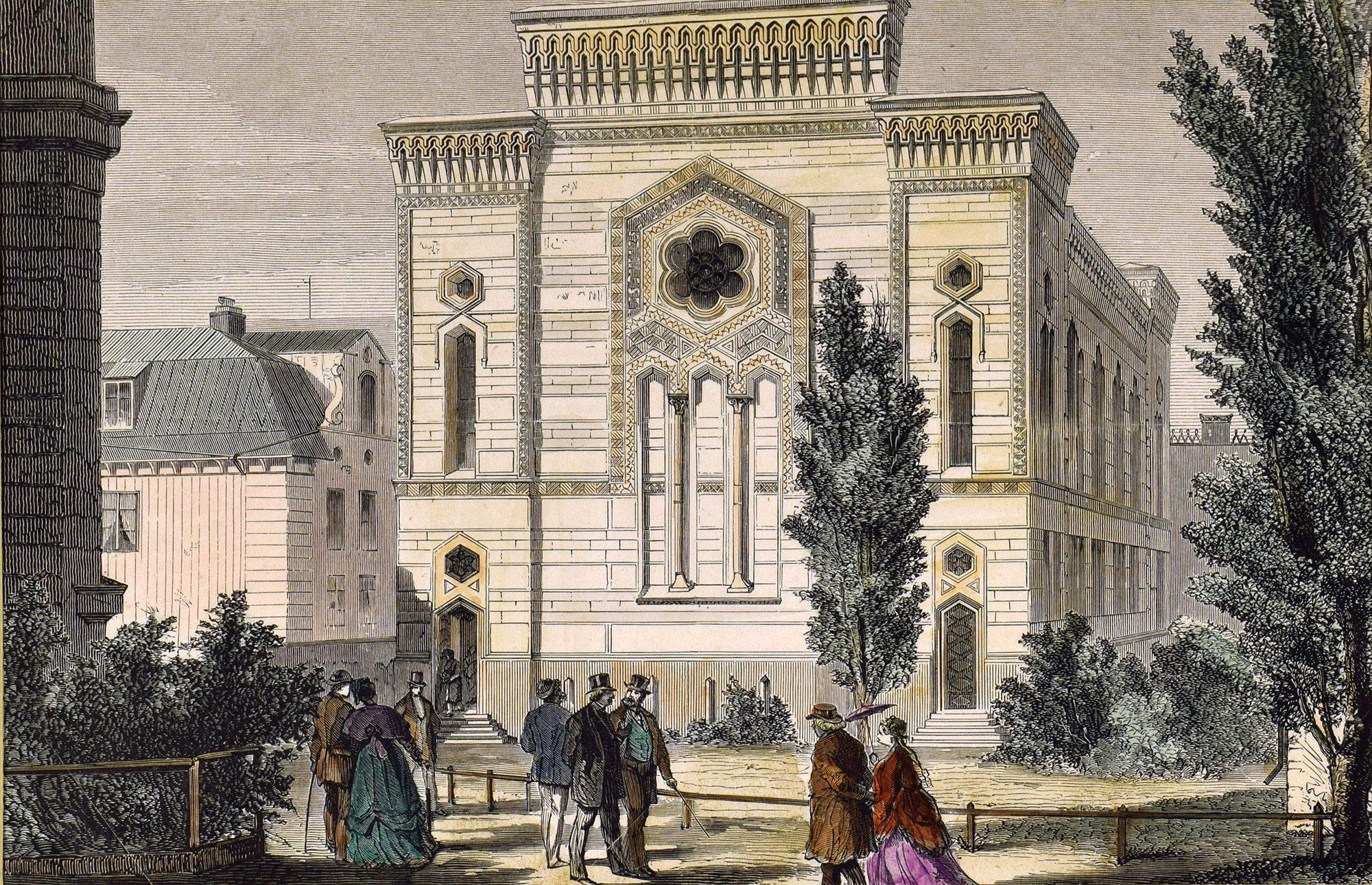
The Jewish community of Stockholm - History and Today
The Beginnings
The year is 1775 and it all began with Gustav III, king of Sweden who granted a Jew from northern Germany the right to establish permanent residence in Sweden and to remain Jewish and practice his religion. Aaron Isaac was an engraver by trade, a skill in high demand in Sweden. And Aaron Isaac received permission to bring along a few other Jewish families (we imagine him saying something along the lines "...I love to come, Your Majesty, but I really need to bring nine of my closest friends...") and this became the foundation of the Jewish community in Stockholm. Shortly thereafter, Marstrand, on the West Coast, a free haven, allowed as well the settlement for "followers of foreign faiths" and soon a small group of Jewish merchants settled there.
Tolerated but not exactly well-liked
The news that the Jew Aaron Isaac had received permission to settle in Sweden was met with some heavy negative push-back. He barely dared to venture outside his home in the beginning. Attitudes of Swedes towards the small group of Jews was openly hostile, not at last from the side of the bourgeoisie who immediately identified this little group as potential competitors.
1782 - Judereglemente, The Jew Statute
In 1782 the Jew Statute was issued and for over 50 years it would determine Jewish life in Sweden. It did grant Jews certain rights but it also came with a long line of limitations: which professions they could enter, which areas they were allowed to settle (in the beginning only Stockholm, Gothenburg, Norrköping and Karlskrona were permitted for Jews to settle in, own real estate and engage in commerce), as "non-Christians" Jews were not allowed to testify in court. Most trades were closed off to Jews, marriage between Jews and non-Jews was prohibited.
1838 the Jew Statute was withdrawn and replaced by a royal decree "regarding the rights and obligations of those of Mosaic faith in kingdom". Jews who until then were considered resident aliens would now become more equal to ethnic Swedes. At that time approximately 900 Jews lived in Sweden, 800 of them in Stockholm and Gothenburg.
By order of parliament in 1870 Jews received equal citizen rights, almost 100 years after the arrival of the first Jews. Many Swedish-Jewish families gradually assimilated into Swedish society.
None of the original families who came in 1775 identify today still as Jewish.
The Great Synagogue of Stockholm was build in 1870 and inaugurated in 1871. It seats 980 people and in an Assyrian-Oriental style by the Swedish architect F.W. Scholander. It was build with organ, although it is unclear when and how much it was used back then.
The order of services was "classic Reform", not to be confused with today's Reform Judaism. It meant that the sermon was given in Swedish, rabbi and cantor wore liturgical garb, the service was abbreviated.
The migration of Jews from Eastern Europe in the turning of the century brought a group of Jews that was not comfortable with this style of service and soon another synagogue was founded in Stockholm, Adas Jisrael, that to this day follows a orthodox Eastern European style of service. By 1880 approximately 3000 Jews lived in Sweden, by 1930 it had grown to 6.600.
World War II and the Shoah
Until the beginning of the Second World War only about 3.000 Jewish refugees came to Sweden, many from Germany due to a very restrictive immigration policy implemented by the Swedish government.
At the end of the war due to various rescue missions by the Red Cross and others 11.000-13.000 Jewish survivors of the concentration camps were brought to Sweden. Among the more well-known rescue operations is the rescue of the Danish Jewish to Sweden by fishing boats in October 1943, the White Busses of Count Bernadotte, and of course, the protection passports issued by the Swedish diplomat Raoul Wallenberg to Jews in the Budapest ghetto, some of whom came to Sweden after the war. It is assumed that about 1/3 of them stayed in Sweden.
In the 1950s, 1960s, 1970s and 1980s some Jewish immigration to Sweden took place due to anti-Semitic sentiments and attacks in Hungary, Poland, and the Soviet Union.
The number of Jews in Sweden is estimated to around 18.000-20.000 of which about half of them live in the greater area of Stockholm.
The Jewish community today
Picture: The Great Synagogue of Stockholm, hand-coloured woodcut, 1875. Albert Bonniers Publishers.